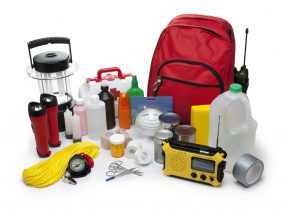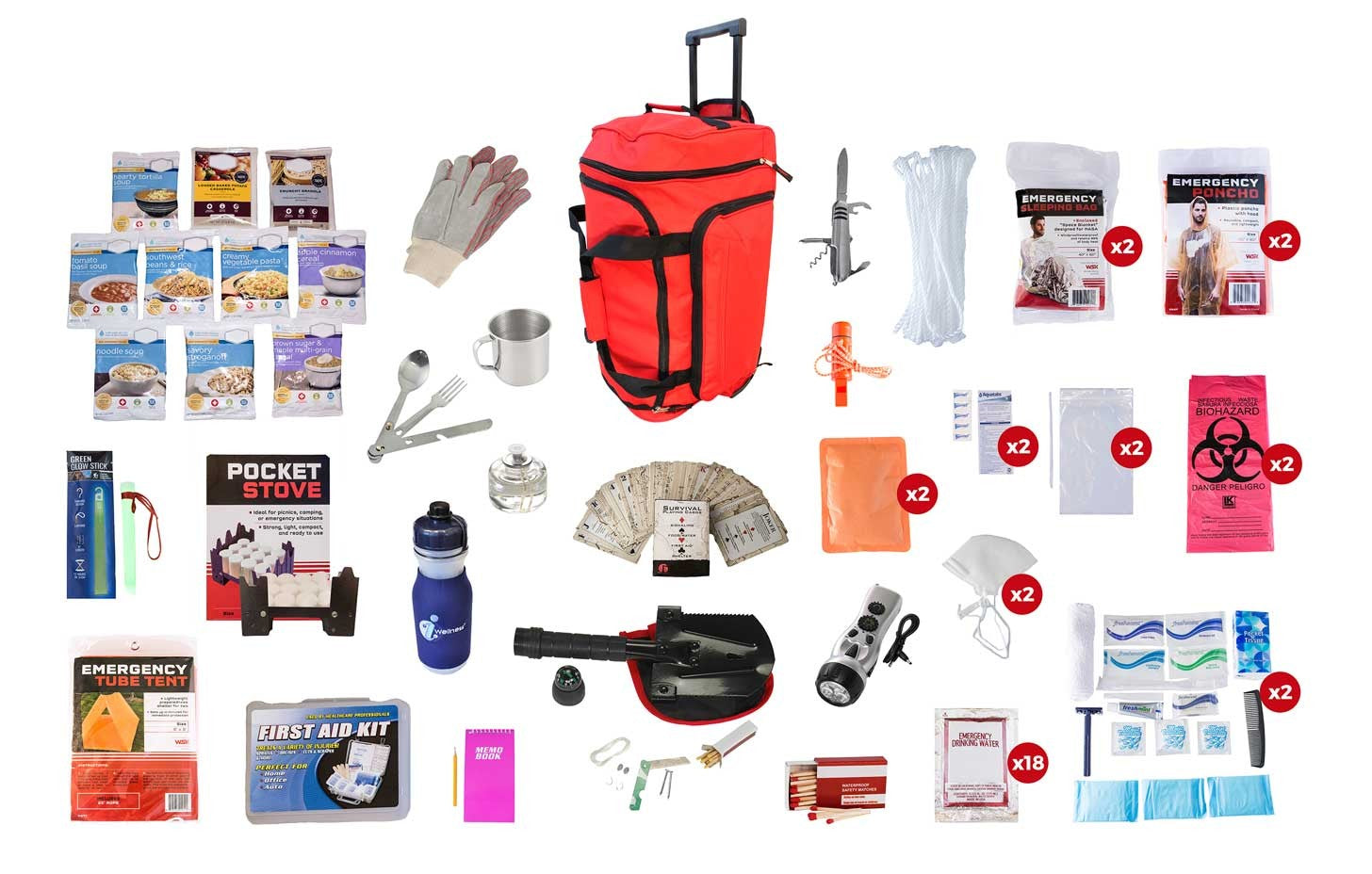Strategy, Prepare, Dominate: Emergency Preparedness for Today's Difficulties
Strategy, Prepare, Dominate: Emergency Preparedness for Today's Difficulties
Blog Article
Just How to Develop a Comprehensive Emergency Situation Readiness Plan
In the world of readiness, developing a comprehensive emergency plan is not merely a task to check off a listing; it is an essential foundation of any type of organization or person's resilience technique. By thoroughly crafting a strategy that attends to various aspects of emergency situation administration, including threat analysis, interaction protocols, source allotment, and calculated decision-making, one can lay a solid foundation for securing possessions, operations, and lives.
Significance of Emergency Readiness
Emergency situation preparedness is important for minimizing possible risks and making sure the safety and security of individuals and neighborhoods. In today's world, where all-natural calamities, public health dilemmas, and other emergency situations can strike without warning, being prepared can make a considerable difference in reducing the impact of these events. By having a well-balanced emergency situation preparedness strategy in position, organizations and people can react properly, protect lives, and lower property damage.
Among the key reasons that emergency readiness is necessary is its function in conserving lives. Having a plan that describes clear treatments for emergency situation, interaction, and discharge response can aid people act promptly and decisively when emergencies take place (anonymous). This can stop injuries and fatalities by ensuring that people recognize what actions to take to remain safe
Moreover, emergency situation readiness boosts the strength of communities. By fostering a society of preparedness and planning for various circumstances, areas can jump back faster from disturbances and disasters. This resilience is vital for keeping security, connection of procedures, and total health despite hardship.
Assessing Possible Risks
Thinking about the value of being planned for unanticipated occasions, the first action in establishing an efficient emergency preparedness strategy includes completely examining and evaluating prospective threats. This evaluation requires an extensive testimonial of all possible risks that might affect the company, taking into consideration elements such as area, industry, and historical information on cases. By determining these risks, companies can prioritize their readiness efforts and allocate sources efficiently to minimize the most considerable hazards.
Usual dangers that organizations might encounter consist of natural calamities like quakes, hurricanes, or floods, technological dangers such as power blackouts or data violations, in addition to human-caused risks like crashes or willful acts of violence. Carrying out a threat assessment additionally entails thinking about the potential influence of these events on the company's operations, staff members, customers, and online reputation. By conducting a thorough danger analysis, companies can develop customized emergency situation reaction strategies that address their specific vulnerabilities and make certain reliable preparedness for any type of potential crisis.
Developing an Interaction Plan
Creating a thorough and clear interaction strategy is crucial for reliable emergency preparedness within organizations. In times of dilemma, communication plays a crucial function in guaranteeing the safety and health of staff members, stakeholders, and the community. A well-thought-out communication plan ought to lay out clear lines of communication, assign crucial workers liable for interaction jobs, and develop methods for disseminating details swiftly and properly.
One trick aspect of developing an interaction plan is determining main and alternative communication networks (EMERGENCY PREPAREDNESS). These can include e-mail, message messaging, phone trees, social networks platforms, and public address systems. It is important to guarantee that these channels are dependable, obtainable, and consistently evaluated to ensure their efficiency during emergency situations

Building an Emergency Kit
Offered the important value of preparedness in times of situation, a key element that organizations should address is the establishment of an emergency situation package. When setting up an emergency package, it is crucial to think about the details requirements and situations of the organization. In addition, organizations need to include important files, such as call listings, insurance policy information, and emergency reaction strategies, in water-proof containers within the kit.
Establishing Emptying Procedures
To make sure the security and organized emptying of employees during emergency situations, organizations must develop effective and clear emptying treatments. Evacuation treatments should incorporate a variety of possible circumstances, including fires, all-natural calamities, or other emergency situations that call for speedy evacuation.

Additionally, companies need to establish a system for bookkeeping for all personnel during an emptying to make certain that everybody has safely left the properties. Interaction plays an essential function in evacuation treatments, with clear guidelines on how to evacuate and when to do so. Routine evaluation and updating of discharge treatments based on responses and altering situations are important to keeping the efficiency of the plan.
Verdict
To conclude, developing a detailed emergency situation preparedness strategy is essential for making sure the safety and security and well-being of people in the occasion of a disaster (EMERGENCY PREPAREDNESS). By assessing possible risks, producing an interaction plan, developing an emergency situation kit, and developing discharge organizations, people and procedures can be better outfitted to react effectively to emergency situations. It is essential to prioritize preparedness initiatives to mitigate the influence of catastrophes and shield lives and property
In the realm of preparedness, establishing an extensive emergency strategy is not merely a job to examine off a checklist; it is an important cornerstone of any organization or individual's durability method. When emergency situations take place, having a strategy that lays out clear procedures for emergency, emptying, and communication response can help individuals act promptly and decisively. learn this here now. By conducting an extensive risk assessment, organizations can establish tailored emergency situation response strategies that address their particular vulnerabilities and guarantee effective readiness for any kind of prospective crisis
Establishing a comprehensive and clear interaction plan is essential for effective emergency situation readiness within organizations. By evaluating potential threats, developing a communication plan, building an emergency situation package, and establishing discharge individuals, treatments and companies can be better geared up to respond effectively to emergency situations.
Report this page